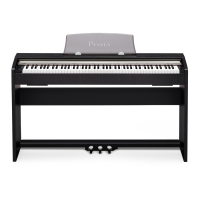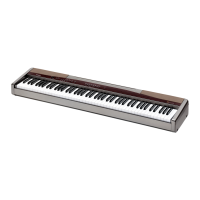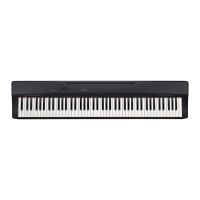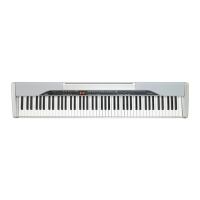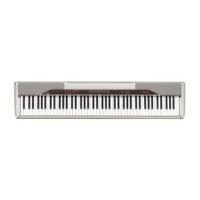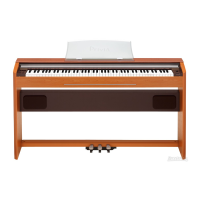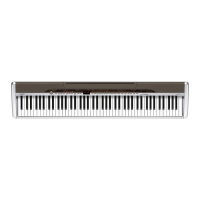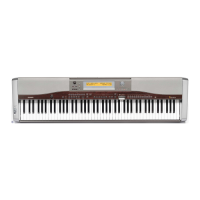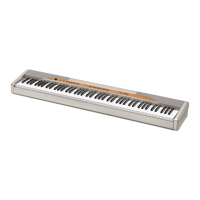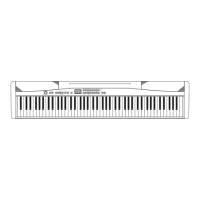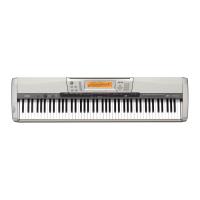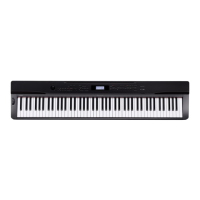What to do if my Casio Privia 7ES1A takes too long to start?
- AAlicia WilliamsJul 30, 2025
If your Casio Electronic Keyboard takes a long time to start, it might be due to corrupted memory data from a data transfer operation with a computer that was in progress the last time you turned off the piano. The memory format operation takes about 20 seconds after you turn on the power. Wait until the format operation is complete. Avoid turning off the Digital Piano while a data transfer operation with a computer is in progress.
